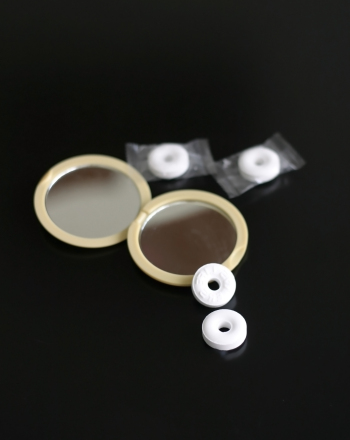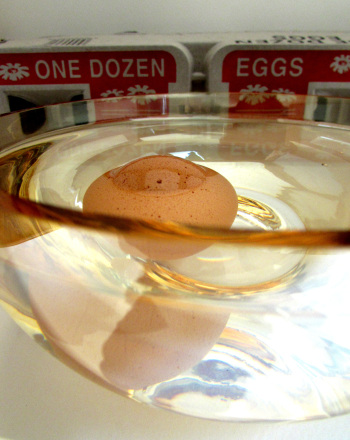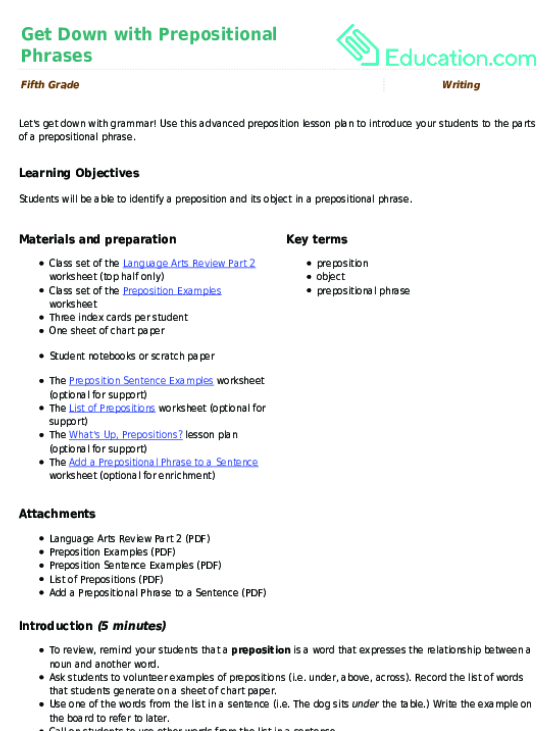Science project
Get Cracking
Grade Level: 2nd - 6th; Type: Life Science
Objective:
To determine whether cooling eggs helps them peel more easily
Research Question:
Does placing a boiled egg in the fridge make it easier to remove the shell?
An eggshell is a thin layer of calcium carbonate that is remarkably strong. It protects the developing chick from damage, and in an unfertilized egg it protects the protein and yolk until the egg gets to someone who will eat it.
The knotty question of how to remove a boiled egg from its shell has frustrated people since people began boiling eggs. It’s always possible to remove the egg, but sometimes a lot of the egg gets caught up in the shell. In this experiment, you will test to see if changing the temperature of the egg will change the properties of the protein or the calcium shell and make the egg easier to peel.
Materials:
- Four eggs of about the same size
- Pot with water
- Stove
- Kitchen scale
- Fridge
- Notebook and pen
Experimental Procedure:
- Get four eggs. Boil all of the eggs for several minutes until they are hard boiled.
- Place two of the eggs in the fridge and place two of them at room temperature. Keep them there for at least 30 minutes until the eggs in the fridge are completely cool.
- Weigh each egg.
- First, try peeling the eggs that are outside the fridge. Set up the stopwatch.
- Crack each egg on the side of the counter and start the stopwatch. Begin to peel the egg.
- When you have removed all of the peel from the egg, finish timing the experiment.
- Weigh the inside of the egg and note this.
- Do the process above to each of the four eggs. Note which eggs are from the fridge and which were kept at room temperature. Weigh all of the eggs after they have been peeled.
- Compare the time it took to peel each egg. Did the cooler eggs peel faster, or was there no noticeable difference.
- Compare the weights of each egg before and after peeling. Show the weight of the egg after peeling as a percentage of the weight before peeling. For example:
Weight before peeling egg: 60 grams. Weight after peeling egg: 50 grams.
- When it is hard to peel an egg, some of the white can be left on the inside of the shell. Which eggs had the highest percentage? These are the eggs in which less of the white was left on the shell. Do cooler eggs have less waste, or is there no correlation between cooling and success in peeling.
Terms/Concepts: How to boil and cool eggs; Physical properties of eggshells
References:
- http://simplyrecipes.com/recipes/how_to_make_perfect_hard_boiled_eggs/ (Hard-Boiled Egg Recipes)
- http://antoine.frostburg.edu/chem/senese/101/consumer/faq/eggshell-composition.shtml (Eggshell Composition)
Education.com provides the Science Fair Project Ideas for informational purposes only. Education.com does not make any guarantee or representation regarding the Science Fair Project Ideas and is not responsible or liable for any loss or damage, directly or indirectly, caused by your use of such information. By accessing the Science Fair Project Ideas, you waive and renounce any claims against Education.com that arise thereof. In addition, your access to Education.com's website and Science Fair Project Ideas is covered by Education.com's Privacy Policy and site Terms of Use, which include limitations on Education.com's liability.
Warning is hereby given that not all Project Ideas are appropriate for all individuals or in all circumstances. Implementation of any Science Project Idea should be undertaken only in appropriate settings and with appropriate parental or other supervision. Reading and following the safety precautions of all materials used in a project is the sole responsibility of each individual. For further information, consult your state's handbook of Science Safety.













